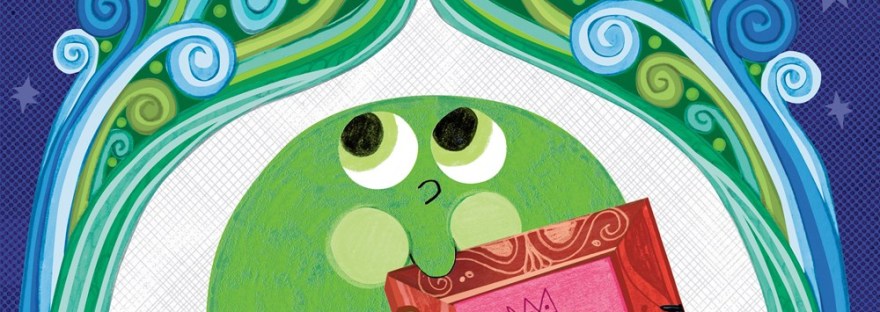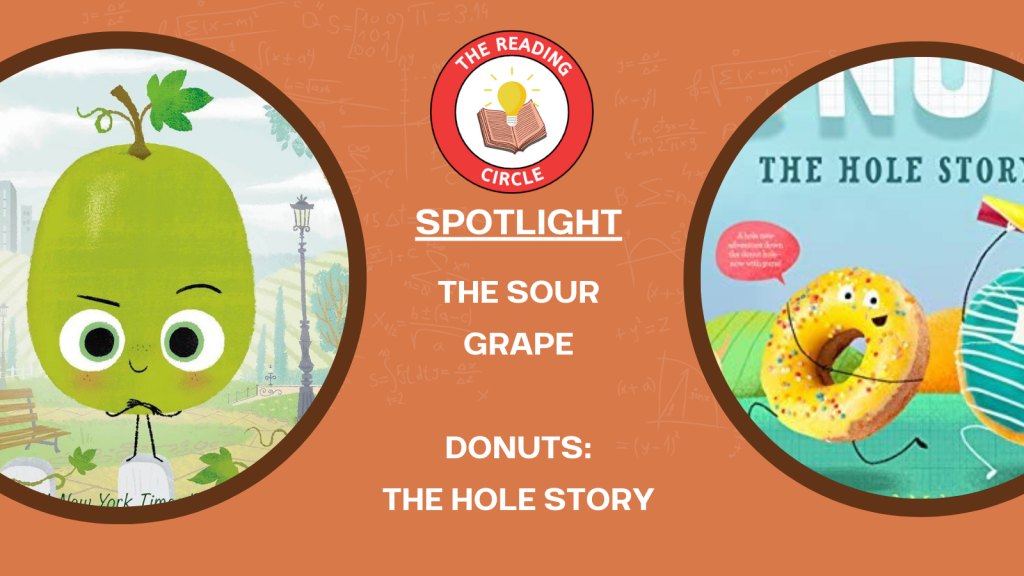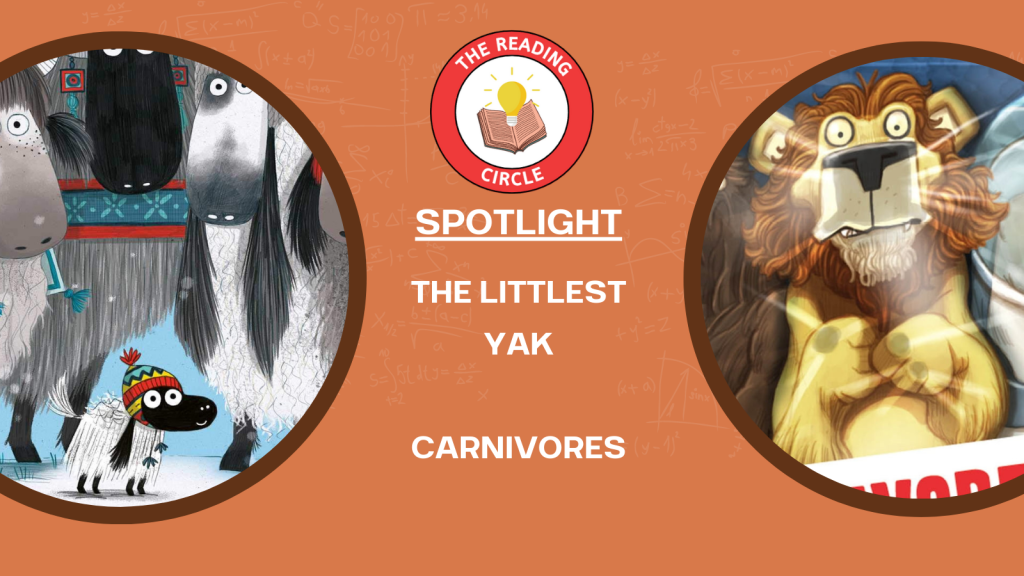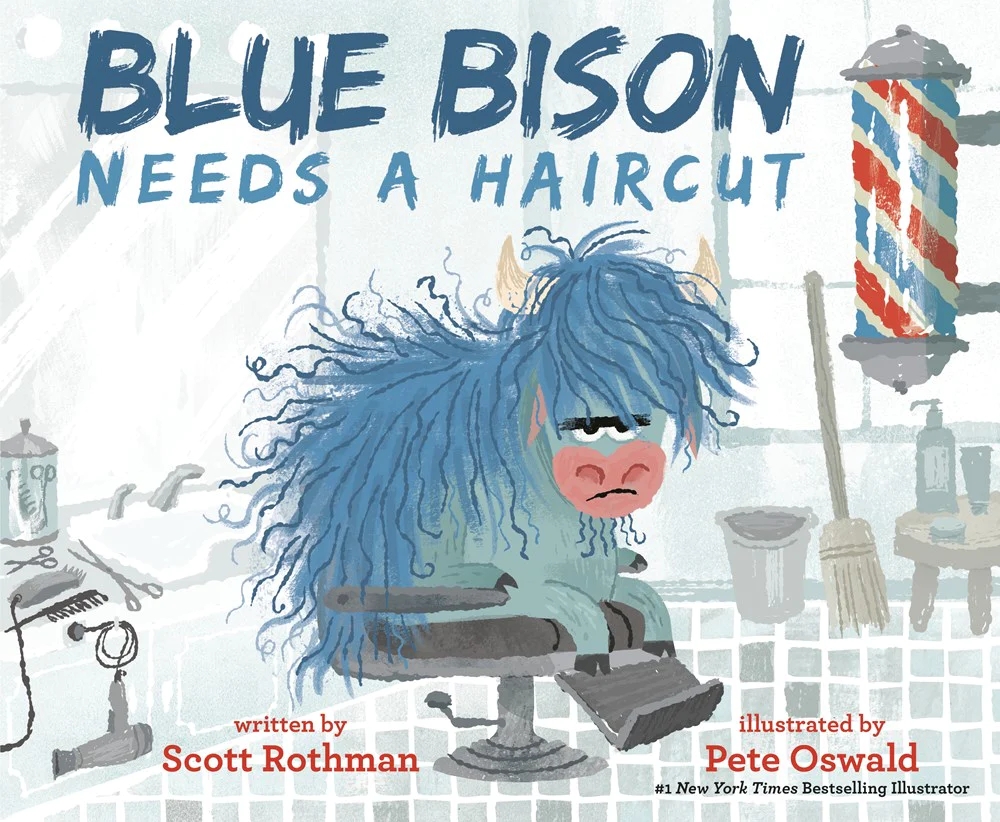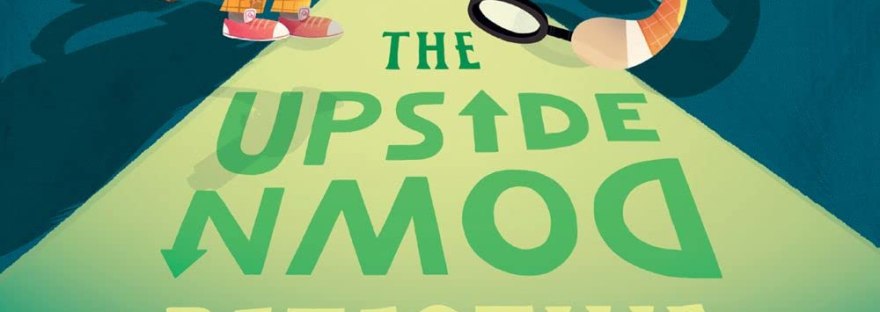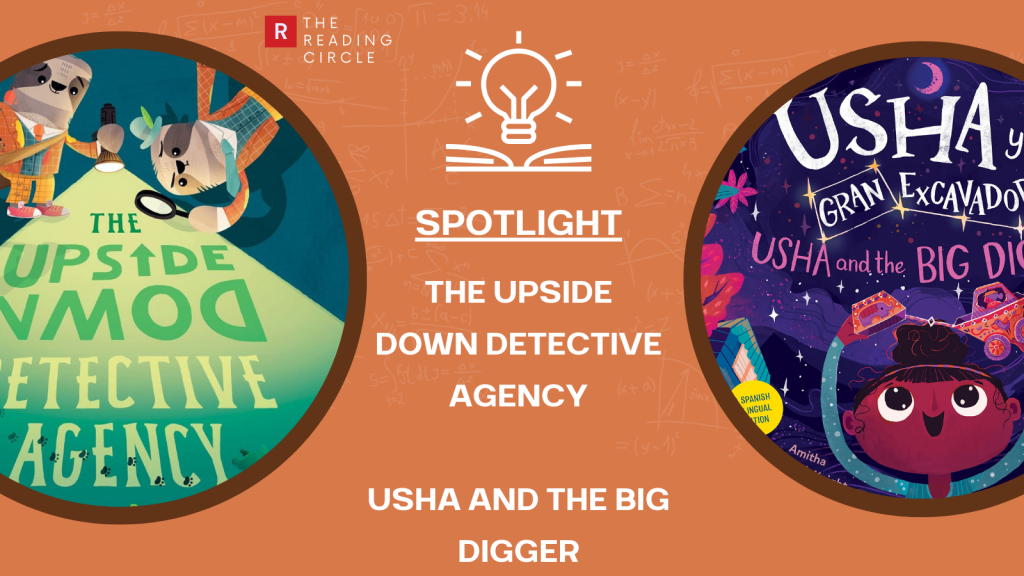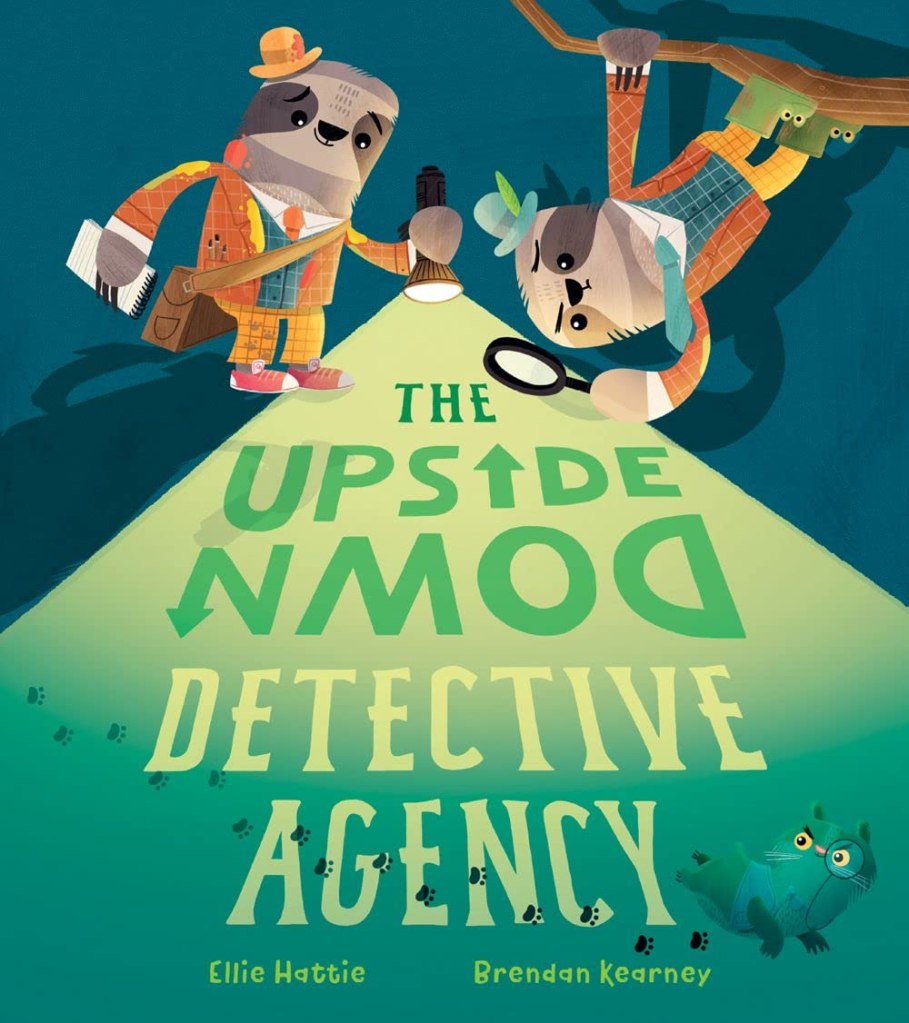The Upside Down Detective Agency (Kane Miller Books / EDC Publishing)
Written by Ellie Hattie
Illustrated by Brendan Kearney
For ages: 4-8
As a child, I loved books with intricate maze-like illustrations. You could spend hours on a single two-page spread pouring over the details. Within those illustrations were other small stories that sparked my imagination. As a teacher, I have seen that these types of books always draw in even the most hesitant independent readers. It gives them something to latch onto through the illustrations so that even if they cannot read every printed word they are experiencing storytelling. The Upside Down Detective Agency is exactly that sort of book and it made me grin ear to ear while I was reading it.
Stella & Stan are a pair of sloths that work as detectives. One day someone knocks on their office door. It’s Lady Veronica Velocity Speed, a famous race car driver whose specially designed diamond warp drive has been stolen. Stella & Stan rush into action…well, as quickly as sloths can rush and they need the reader’s help in noticing clues. There is no way this book can be read without audience interaction and that is going to make it a crowd pleaser in your home or classroom. It’s a book that helps children develop their observation and attention to detail, all while having fun in the process.
Activities
1. Have students pick their favorite page from the book. Discuss what elements make it their favorite page. Then have the student take what was talked about and compose a short paragraph about their favorite page.
2. Any good detective agency needs an advertisement to let people know they are there. Have students make a brochure for the Upside Down Detective Agency. They need to explain who the detectives are and give a testimonial from their latest client, Lady Veronica Velocity Speed.
3. For your students that want a big challenge, have them write the next adventure for the Upside Down Detective Agency. They will need a client, a crime, and a solution. A colorful detailed illustration should also be an expectation.
Usha and the Big Digger (Charlesbridge)
Written by Amitha Jagannath Knight
Illustrated by Sandhya Prabhat
For ages: 4-8
While billed as part of a series of Math storytelling books, I wouldn’t say this book is a great example of the concept it’s trying to convey: orientation. It’s lacking some concrete STEM explanations in the back matter but that is okay because it’s an incredibly charming story. Usha is lying in the backyard with her big sister Aarti looking at the stars one night. Aarti points out the Big Dipper constellation but that is not what Usha sees. The little girl sees a big digging machine and insists that is what the stars are shaped like. Cousin Gloria arrives and contemplates things further by saying she sees a kite in that cluster of stars.
The illustrations here are perfectly done to draw in the eye. They burst with color and expressive faces. I appreciate the diversity on display with dark skinned Southeast Asian people represented. It is implied that Gloria is actually bi-racial (Black as well as South Asian). While the content isn’t hard math, it does provide some good social-emotional lessons in perspective. None of the three girls is wrong, they are just seeing something different in the same place and learning how to accept each other’s views is what is important. For a book about Math concepts, it was a little difficult for me to see it but this is a fantastic book overall.
Activities
1. Introduce the constellations to your students. There are a total of 88 so go with some of the more well-known ones (e.g. The Big Dipper, Ursa Major, Cassiopeia, etc.). Have students turn the images around until they see something. Have a discussion about why they see what they see.
2. Now that your students know about the constellation, have them write a short myth that explains how that constellation came to be in the sky. You will likely want to read a short fable from the past that does this so they have a sense of what their story should be like.
3. Have your students write an email to Aarti and Usha. They should help them figure out how not to get into such big arguments.


